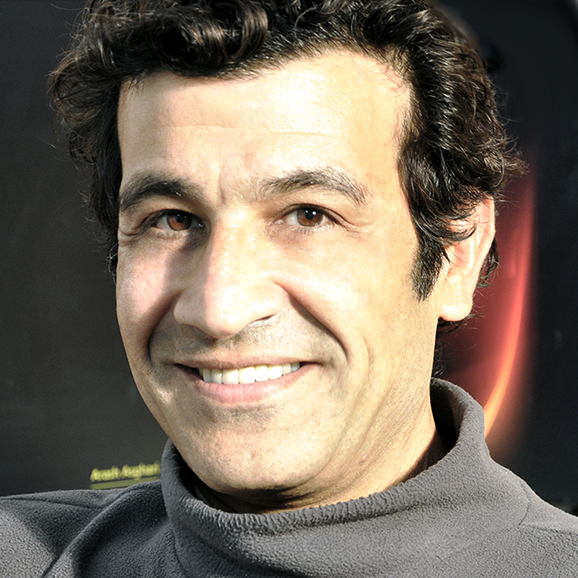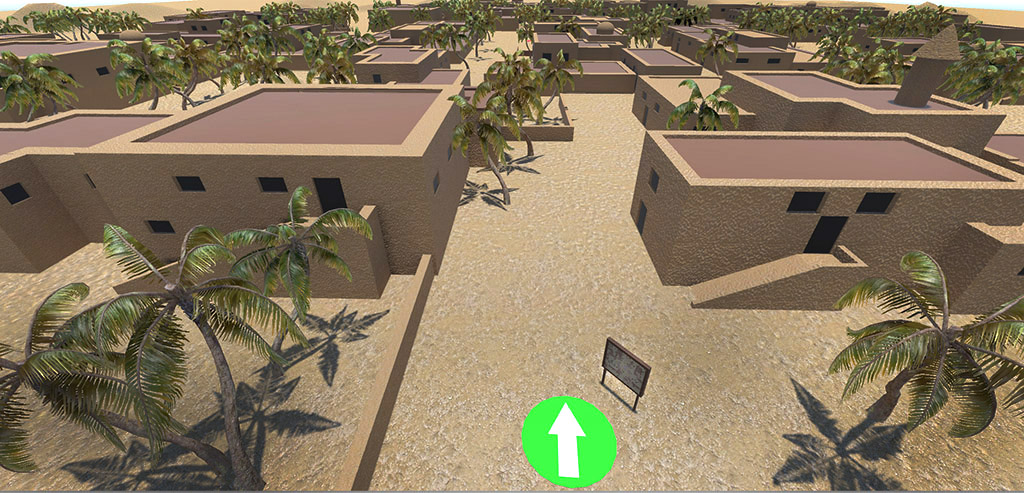Motion Control for HMD Games - Comparision of VR Locomotion Techniques
Steering Versus Teleport Motion Control for Virtual Reality.
Based on a paper presented at SalentoVR 2017, Lecce, Italy
The rapidly evolving immersive computer games industry has a problem: How does the player control their movements in an immersive computer game? With conventional games its easy because the player is usually seated, looking at a screen. In VR games the immersive nature of the display device (HMD) can produce motion sickness when players move using a joystick or controller. This is because they are not actually walking but their visual system is telling them that they are. In this research we compare smooth movement steering methods with teleportation. The latter allows the player to pick a new position in the scene and click the controller to be instantly transported to that location.
The experiment involved first looking at a map showing current location and a destination point. Then, the user had to use one of three motion control techniques to navigate to that point. The three techniques are known as Teleport, Pointing and Gaze-Directed motion. Users also had to collect Pokemon along the way in order to test spatial updating ability. Spatial updating is the ability to update ones' cognitive knowledge of location in an environment based on which direction we have walked.
Teleport locomotion, although it reduces the effects of motion sickness was thought to reduce spatial updating ability because of the sudden movements. We found this to be somewhat true but not as bad as originally thought. Therefore, based on this research, we recommend teleporting with small jump sizes for more enjoyable computer game play.
The three techniques are demonstrated in the following videos:
Teleport Locomotion
Pointing Locomotion
Gaze-Directed Locomotion

